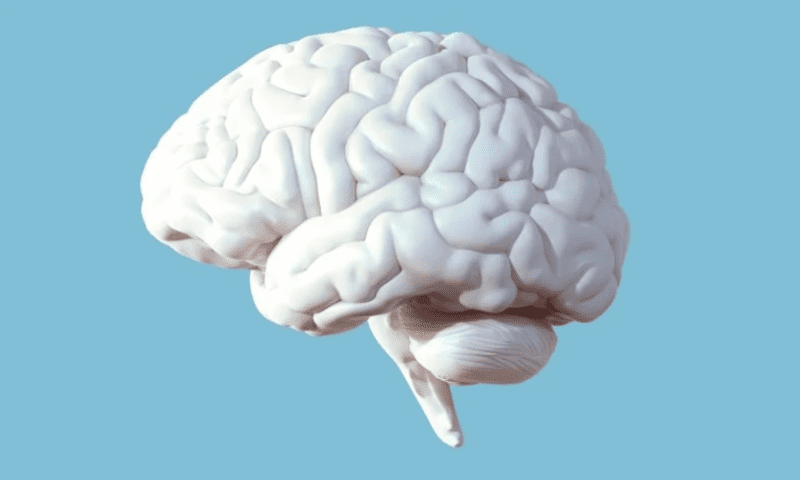The FDA cleared its first in vitro test to help determine whether people showing signs of cognitive decline also carry one of the hidden hallmarks of Alzheimer’s disease. The diagnostic detects amyloid plaques in samples of cerebrospinal fluid.
The Lumipulse test, developed by Fujirebio Diagnostics, is designed for adults ages 55 and older. The agency said the advent of the diagnostic could allow some patients to avoid expensive PET brain scans, the standard method of finding the amyloid protein clumps associated with the neurodegenerative condition.
“With the Lumipulse test, there is a new option that can typically be completed the same day and can give doctors the same information regarding brain amyloid status without the radiation risk to help determine if a patient’s cognitive impairment is due to Alzheimer’s disease,” the FDA’s device center director, Jeff Shuren, said in a statement announcing the de novo clearance.
The National Institutes of Health estimates that more than six million people in the U.S., most above age 65, may have dementia caused by Alzheimer’s disease. Catching the progressive disease early is imperative to give patients and caregivers treatment options, the agency said.
The Lumipulse test—which runs on Fujirebio’s G1200 lab instrument—measures the ratio of two specific beta-amyloid proteins, dubbed 1-42 and 1-40, that can accumulate in the brain and form plaques.
The FDA said that positive results were seen to be consistent with the presence of amyloid plaques, similar to what would be seen in a PET scan. In a clinical study of nearly 300 people, 97% of positive cases matched up with imaging results, as did 84% of negative ones.
However, the test should be used alongside other clinical evaluations and is not meant to be a standalone diagnostic; positive results can also be seen in patients with other types of neurologic conditions as well as in cognitively healthy people, the agency said.
Negative results, meanwhile, reduce the chances that a person’s cognitive impairment is due to Alzheimer’s, allowing physicians to focus on other causes of decline and dementia.
“Patients, physicians and families now have a valuable new tool to help identify those individuals whose early symptoms may be indicative of Alzheimer’s disease, providing the opportunity to adopt lifestyle changes and potentially to access new therapies aimed at slowing or stopping disease progression,” said Monte Wiltse, president and CEO of Fujirebio, which projects the number of Alzheimer’s cases in the U.S. to reach 14 million by the year 2050.
The search for easier diagnostics for Alzheimer’s is exploring many avenues. Other companies, such as C2N Diagnostics, are looking for evidence of amyloid plaques in the bloodstream. Last November, C2N’s test showed it could help predict a person’s increased risk for protein build-ups, but clinical development is still ongoing.

